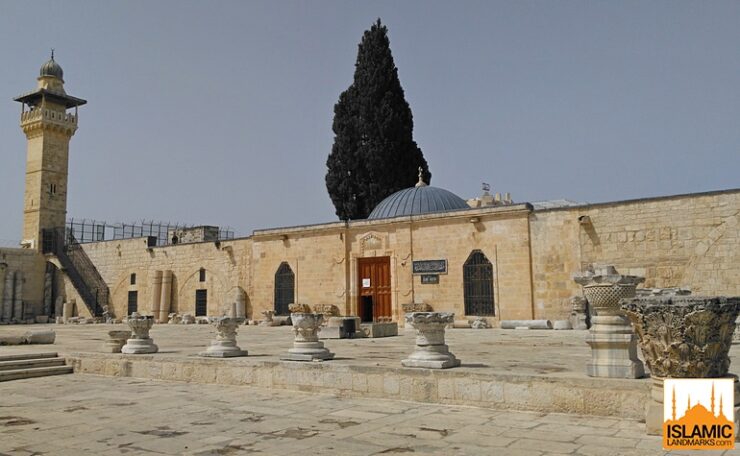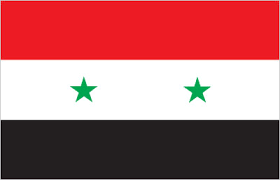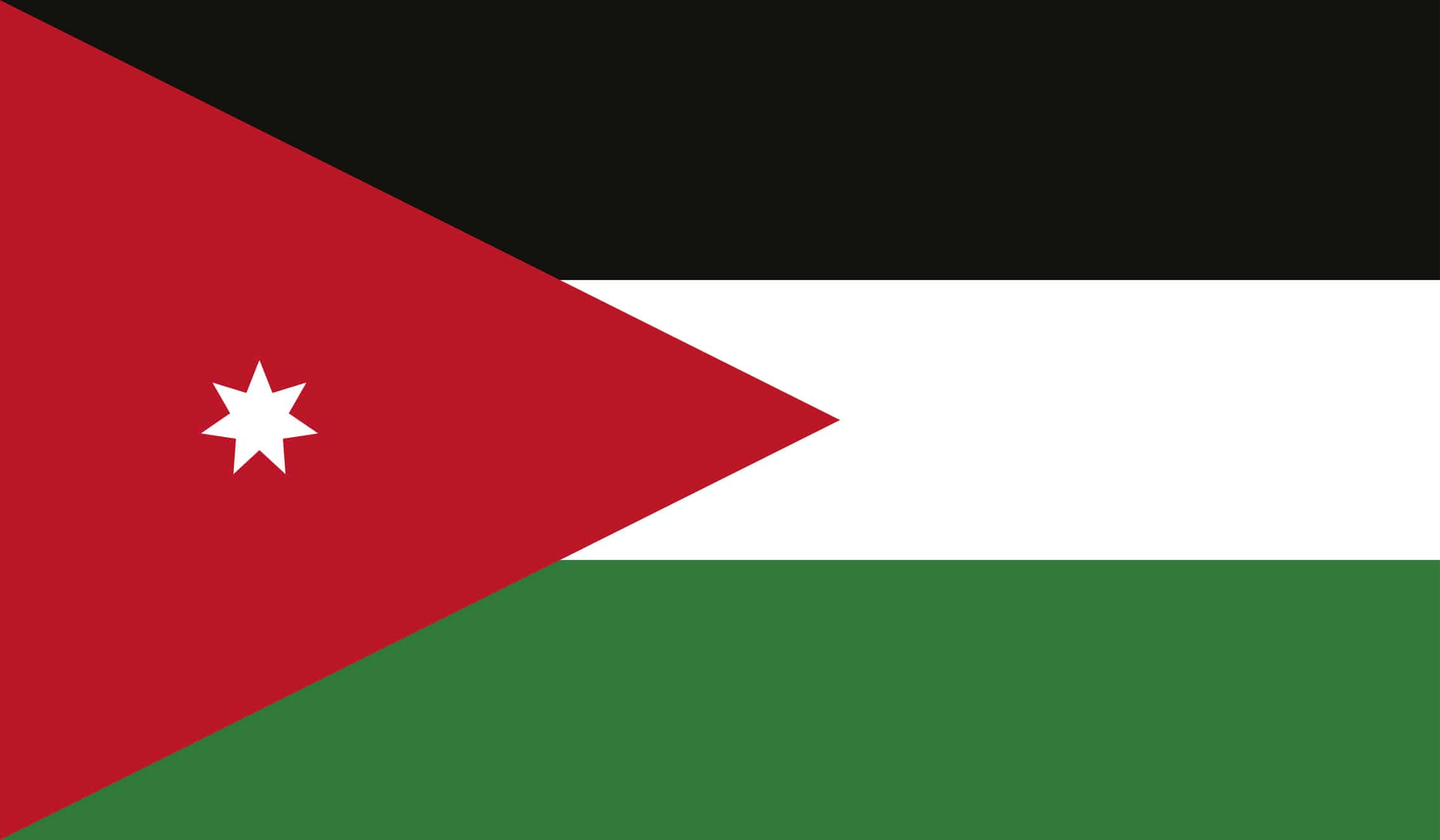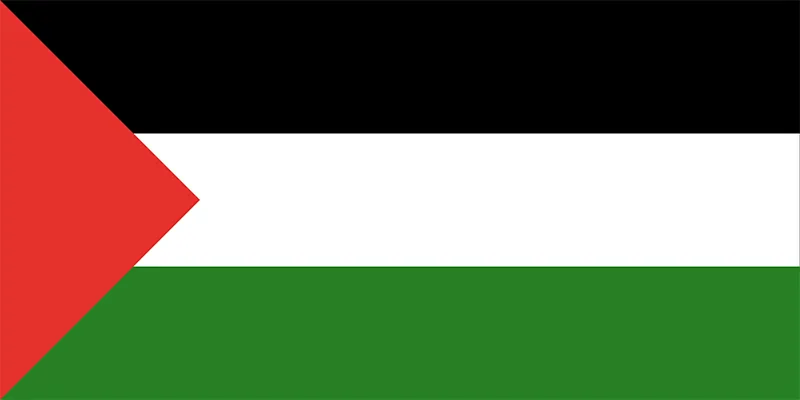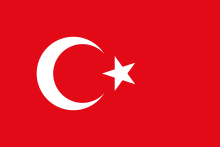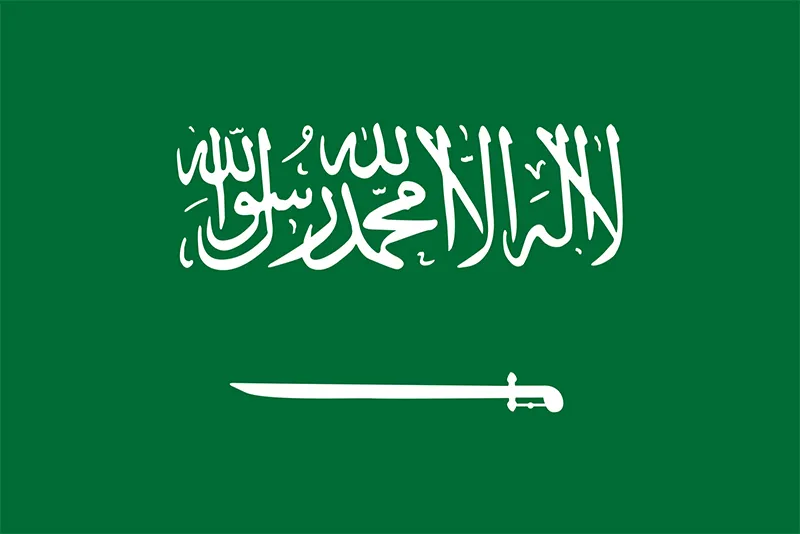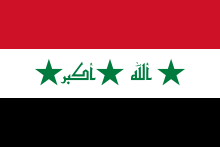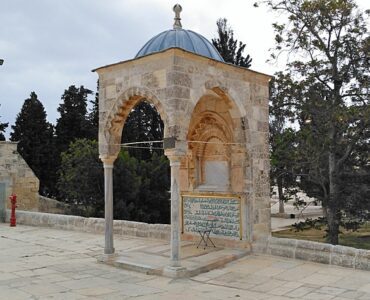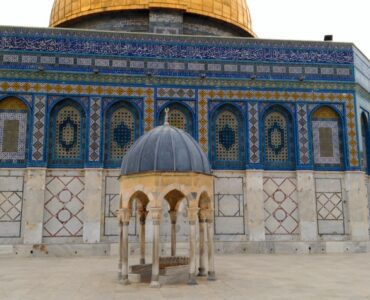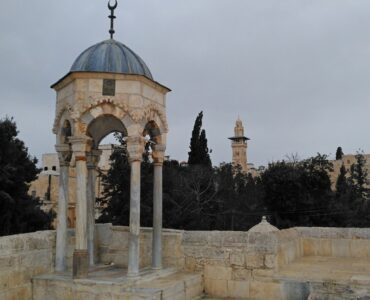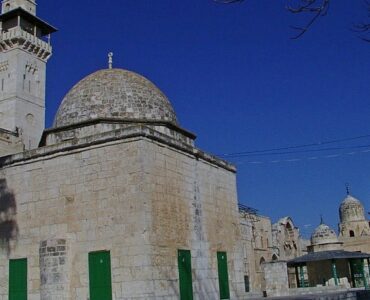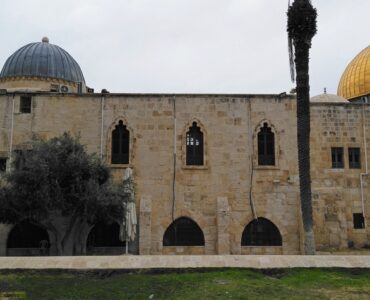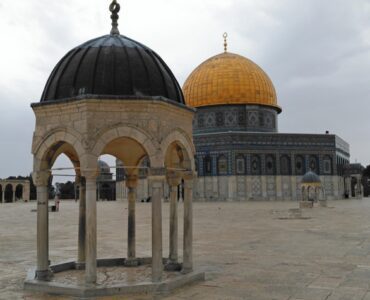The Islamic Museum in Masjid al-Aqsa was established in 1923 CE (1341 AH) by the Supreme Islamic Council. It is considered to be the first museum founded in Palestine. Initially, it was housed at Ar-Ribat Al-Mansour, which is located opposite the current Islamic Waqf headquarters. In 1929 CE (1348 AH), the museum was moved from there to its current location at the southwestern corner of Masjid al-Aqsa, next to the Moroccan Gate.
- The museum has two halls that form a right angle. The western hall was formerly a mosque known as the Moroccan Mosque, while the southern hall is part of the Women’s Mosque. The Moroccan Mosque was built during the 12th or 13th AD (6th or 7th Century AH) during the Ayyubi era, however the accurate year for its construction and the name of its founder remains unknown. In the past the mosque was dedicated to the followers of the Maliki school of jurisprudence.
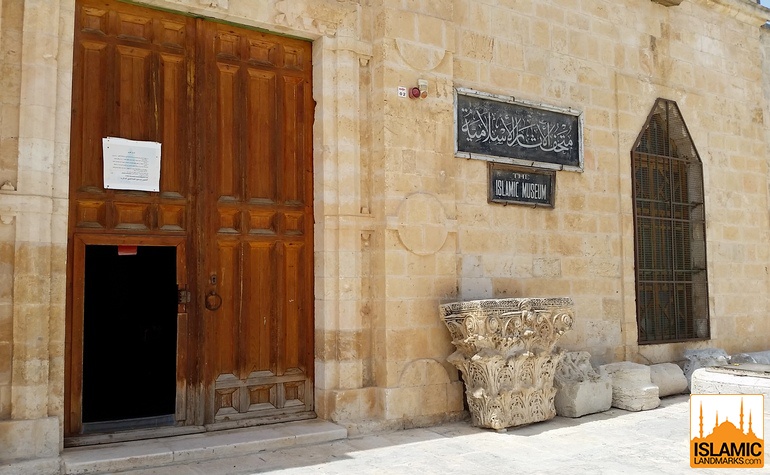

- The Islamic Museum includes rare archaeological and artistic collections which pertain to the various Islamic historical eras. In addition, the museum has about 750 manuscripts of the Qur’an with the oldest copy dating back to the 8th Century CE (2nd Century AH). There is also a copy of the Qur’an from the Mamluk Sultan Barsbay which was written between the years 1422-1437 CE (825-840 AH). With its dimensions of 110 cm x 170 cm it is considered the largest copy of the Qur’an in Palestine.
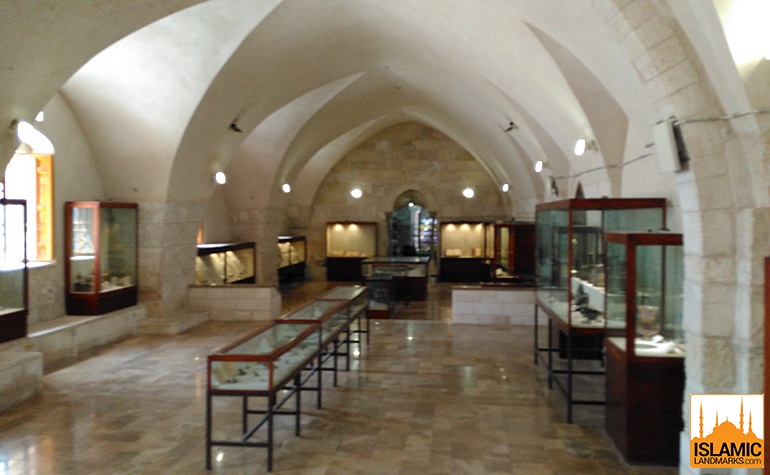

References: A guide to al-Aqsa mosque – PASSIA

